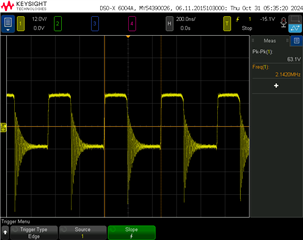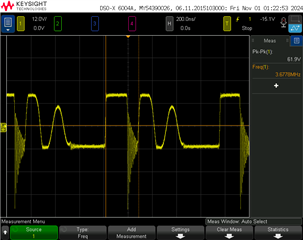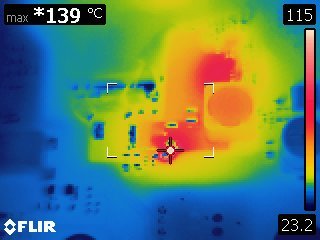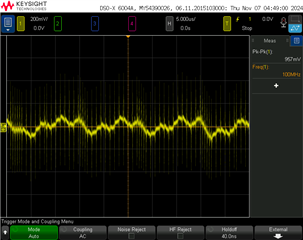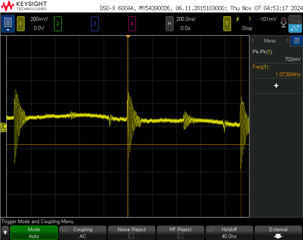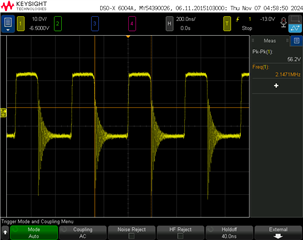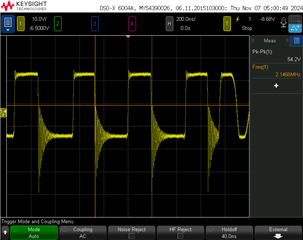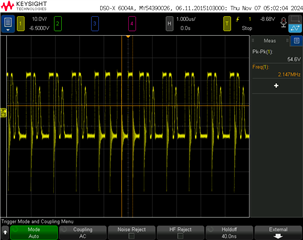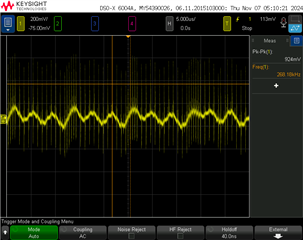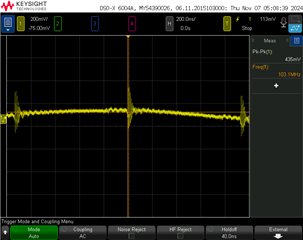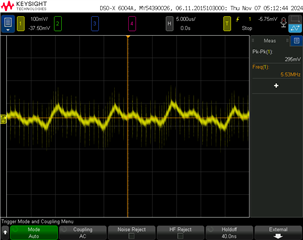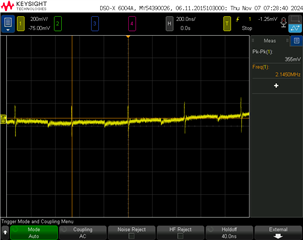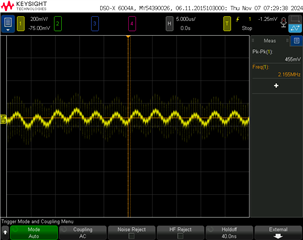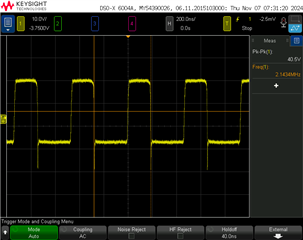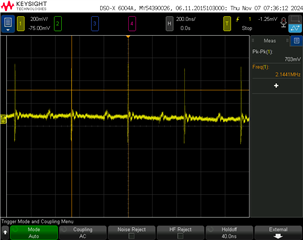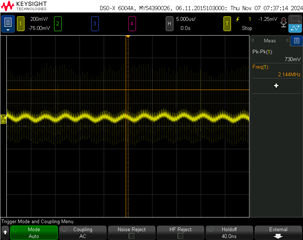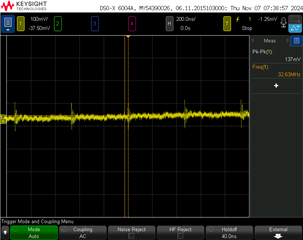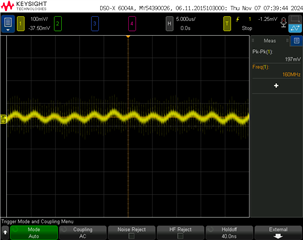Other Parts Discussed in Thread: LM5155,
Tool/software:
The same ringing issue mentioned in a previous post was observed in our LM5155 SEPIC design. We installed a snubber network in parallel with the output diode as described by the links provided in the post. This increased the input current draw to the system by 200mA and the snubber resistor and diode are getting hot. Is this a normal condition after suppressing the ringing? The previous post that described this problem, https://e2e.ti.com/support/power-management-group/power-management/f/power-management-forum/1006500/lm5155evm-sepic-the-evm-board-has-ringing, mentioned that there is reduced efficiency with the added snubber.
Is this the expected performance of the SEPIC with the snubber installed or is there some other issue that needs to be addressed?
Thanks,
Jim



